Rikka Shofutai, one of the earliest forms of ikebana composition, reached its peak of development during the 17th century under lemoto (Headmaster) Ikenobo Senko II. From Rikka emerged all the other Ikenobo styles practised today. A complex composition comprised of 9 principal elements « yakueda », it depicts the magnificence of nature and its beautiful landscape. The mountains and peaks, near and distant, as well as the valleys, cascading mountain streams are symbolically and harmoniously represented in the composition.
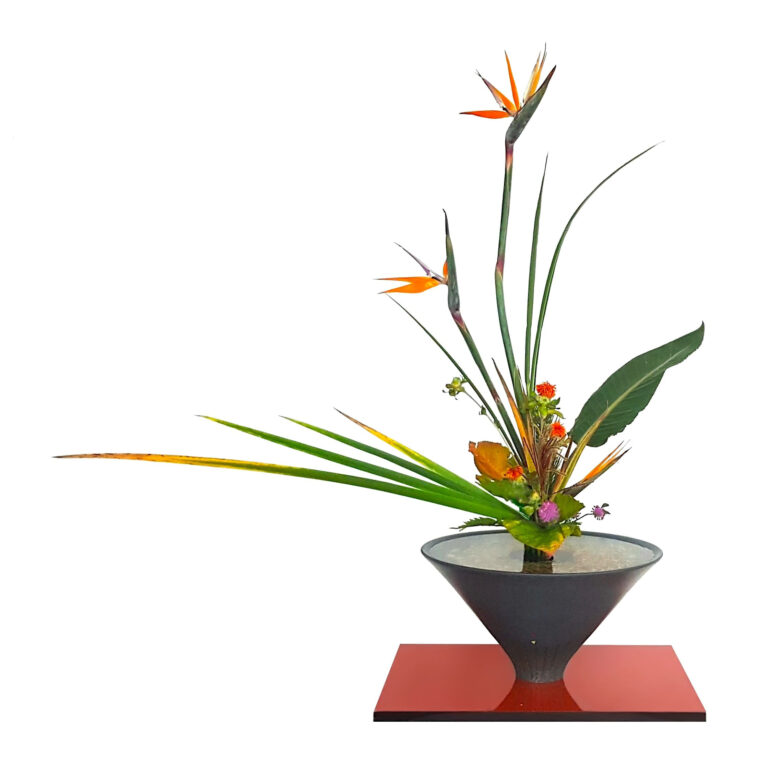

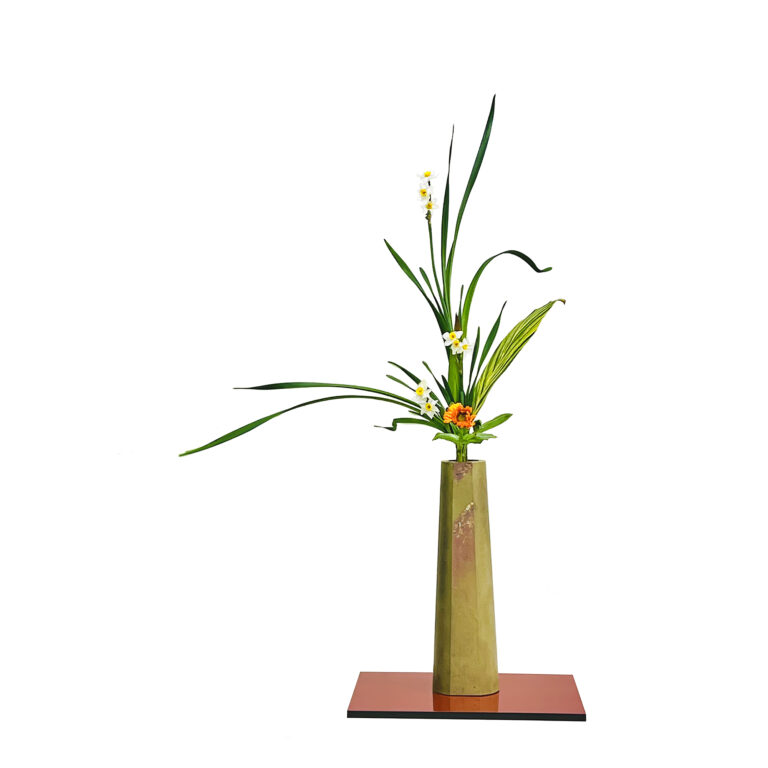

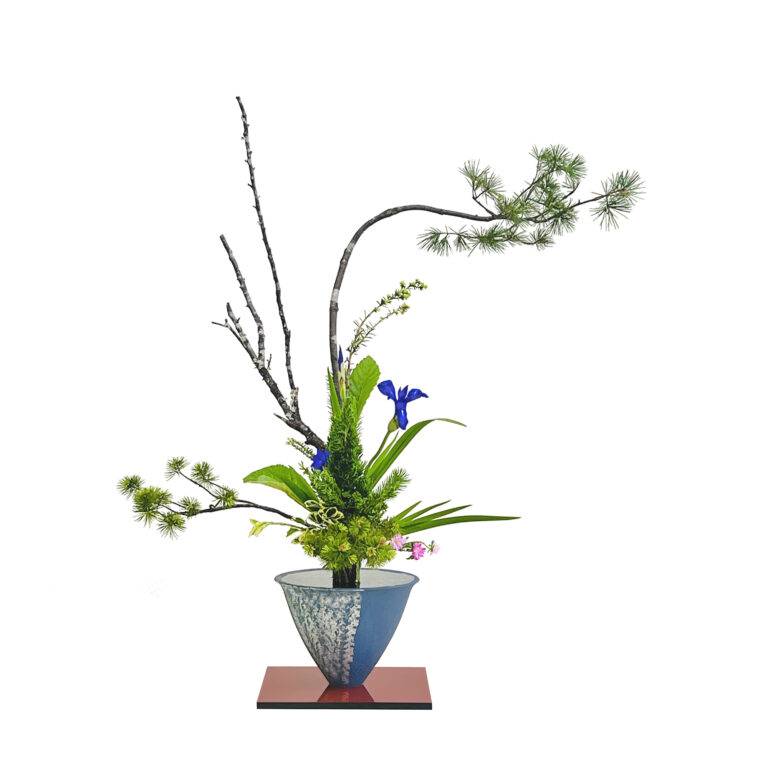
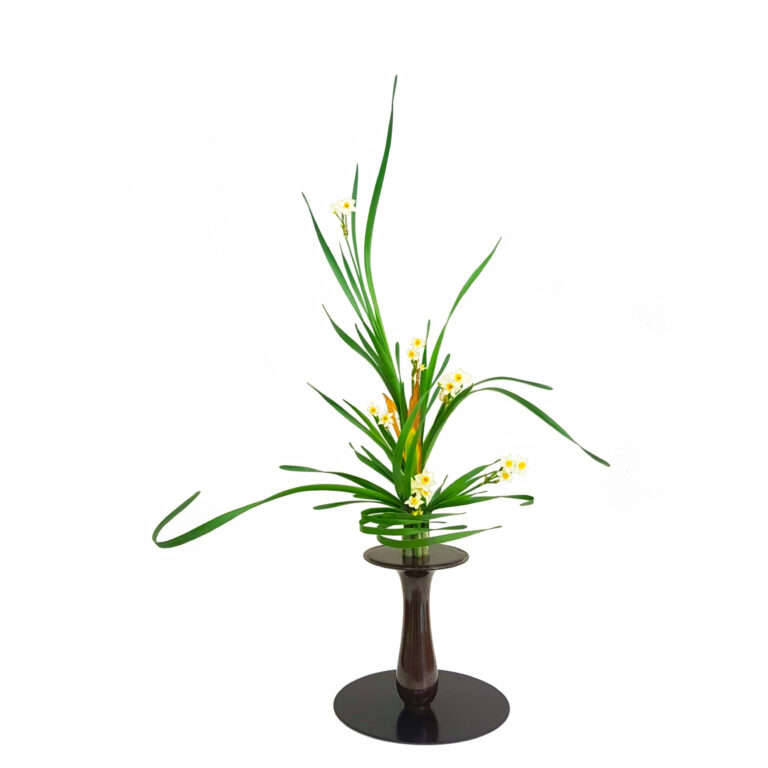
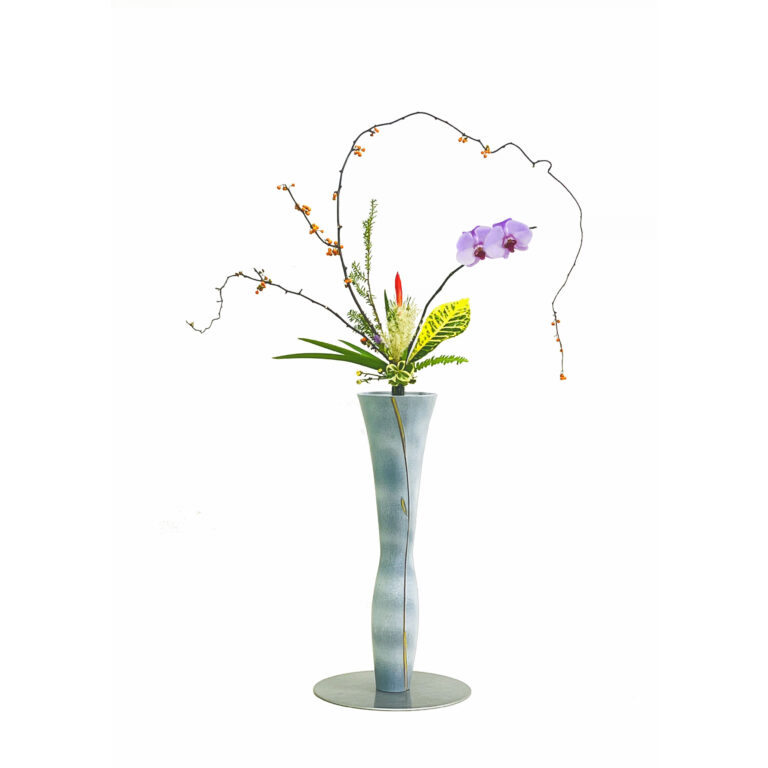
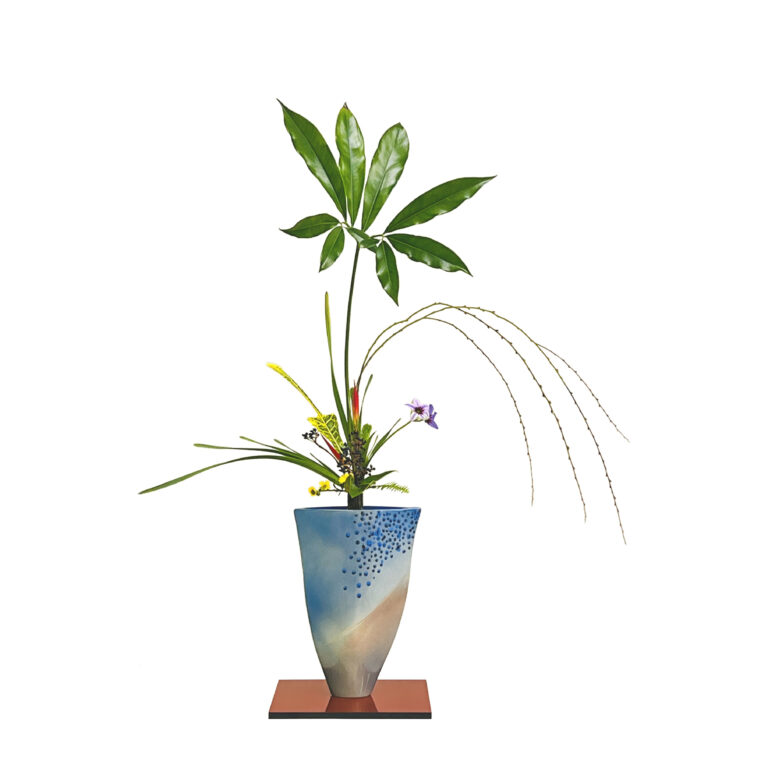
Rikka Shimputai, introduced in 1997 by Sen’eï Ikenobo, 45th generation iemoto and current headmaster of the Ikenobo Society of Floral Art, by virtue of its modern concepts, not only encourages creativity but also accords arrangers with limitless artistic freedom.
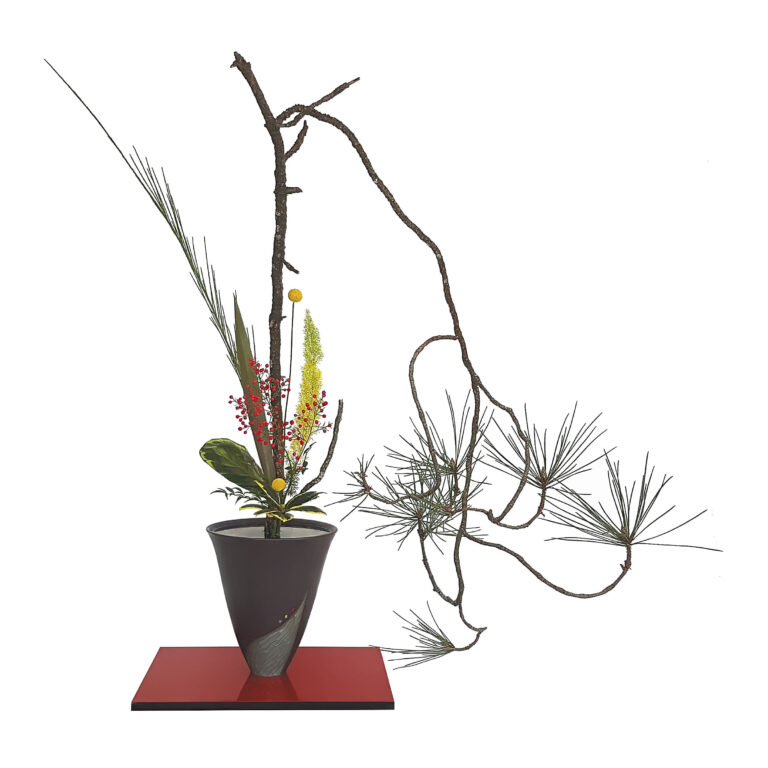

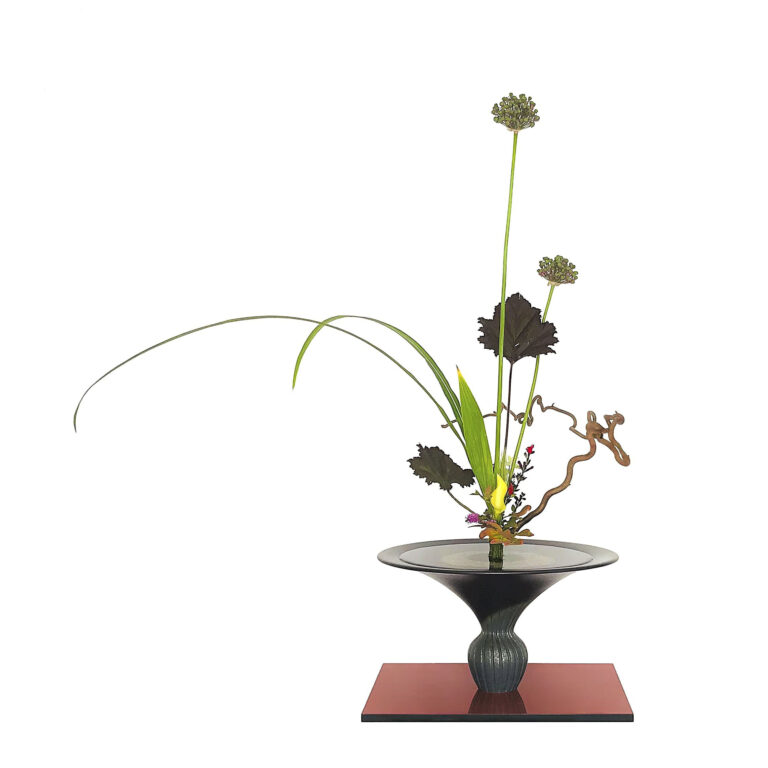
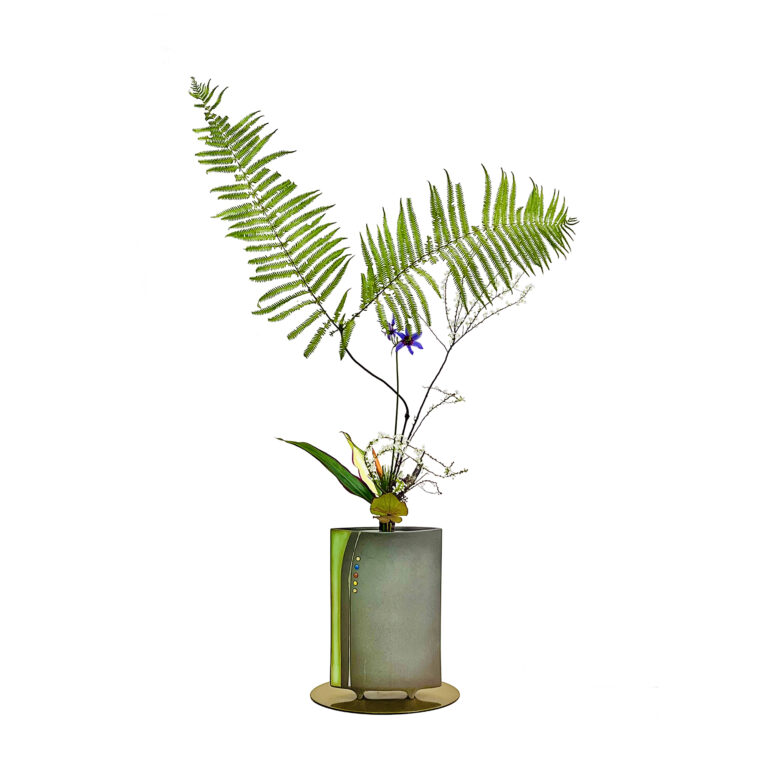

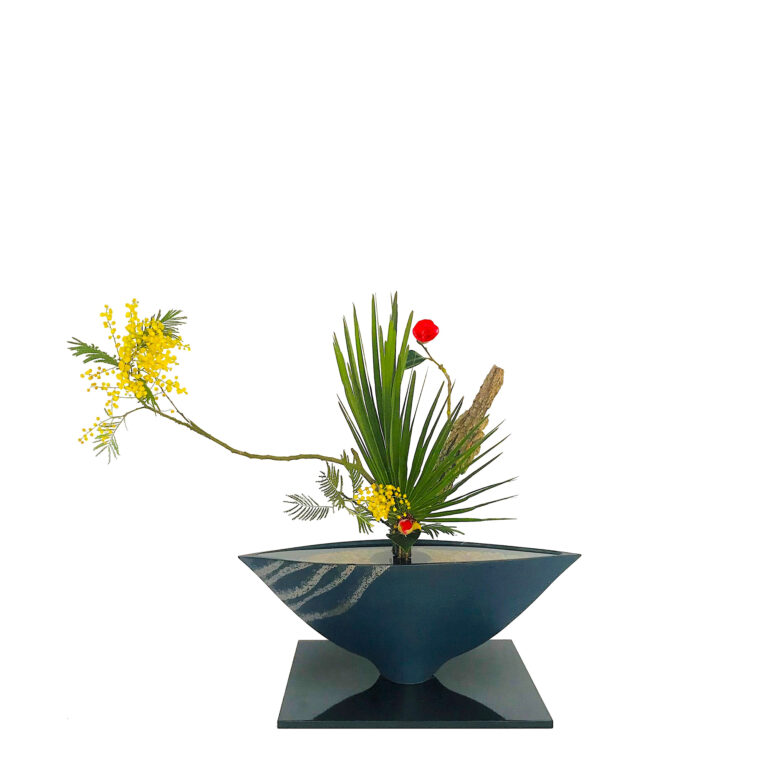
Introduced during the 18th century , Shoka flourished during the 19th century under 18th Headmaster, Senjo Ikenobo. The traditional Shoka Shofutai style highlights “Sshusho“, the inherent inner beauty of flowers and plants. Comprised of 3 main elements : Shin, Soe and Tai, this style is a graceful, harmonious representation of the growth patterns of plants in nature. Three variations are widely practised : Isshuike (1 material), Nishuike (2 materials) and Sanshuike (3 materials).

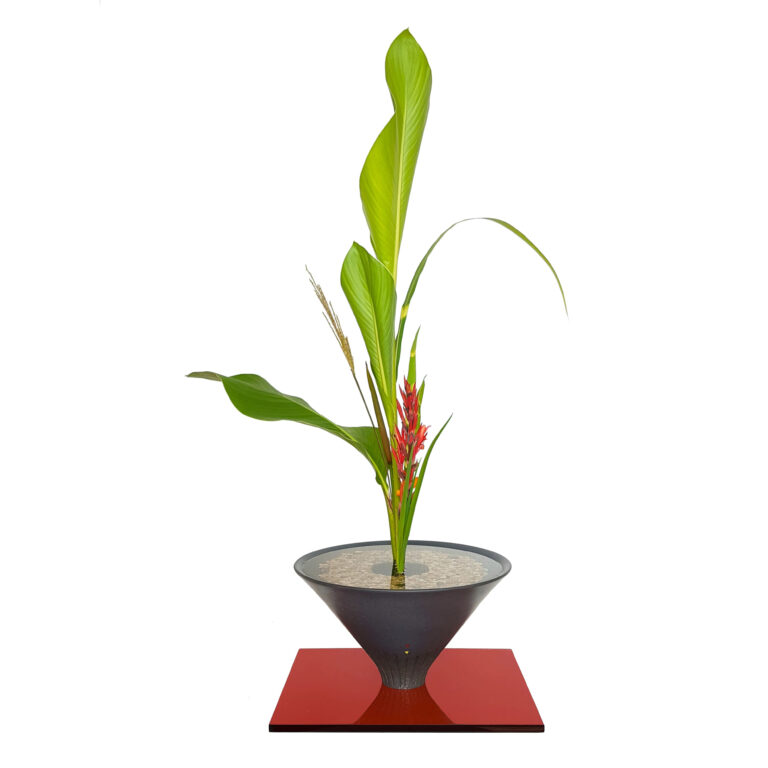
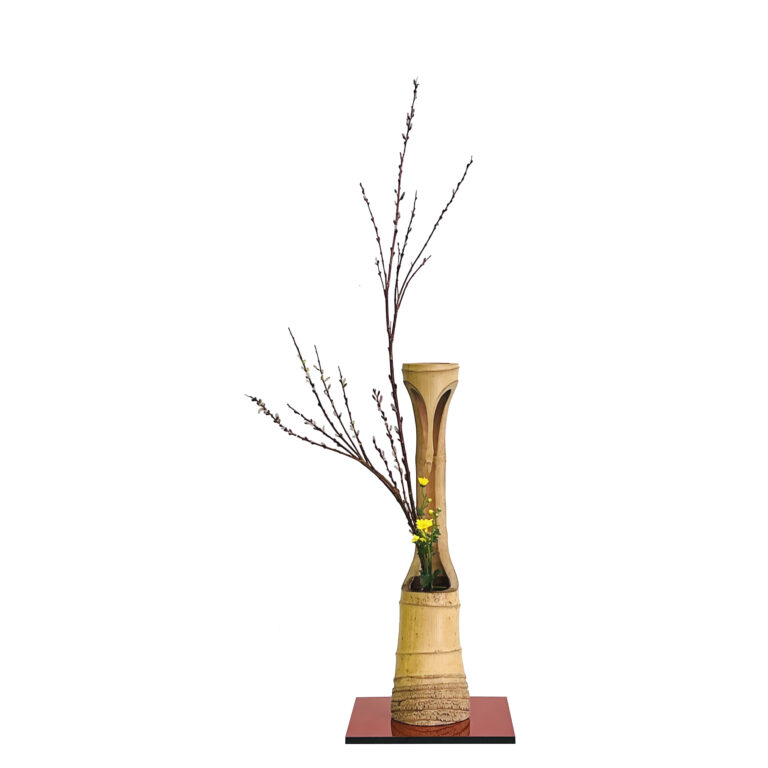


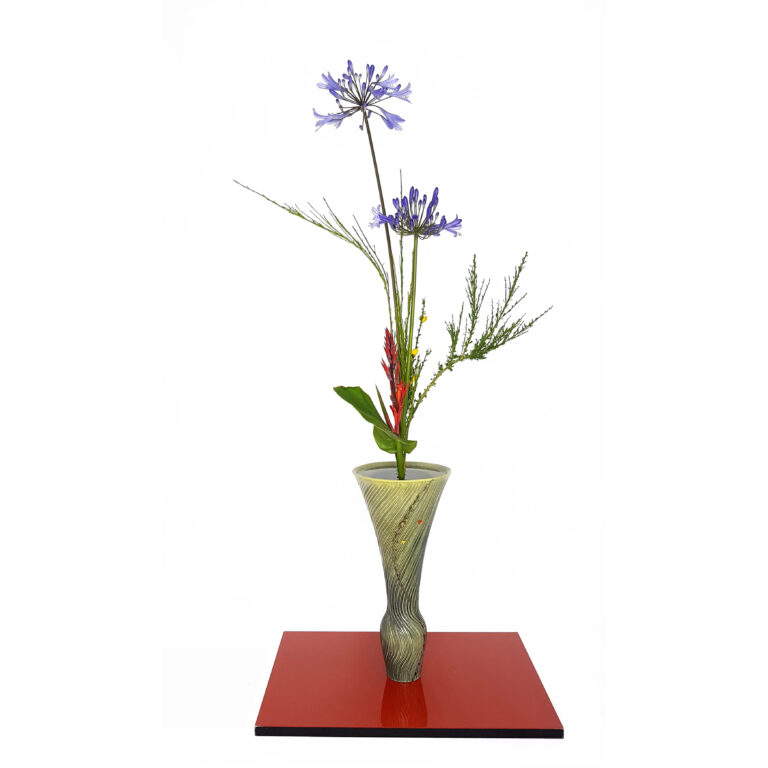
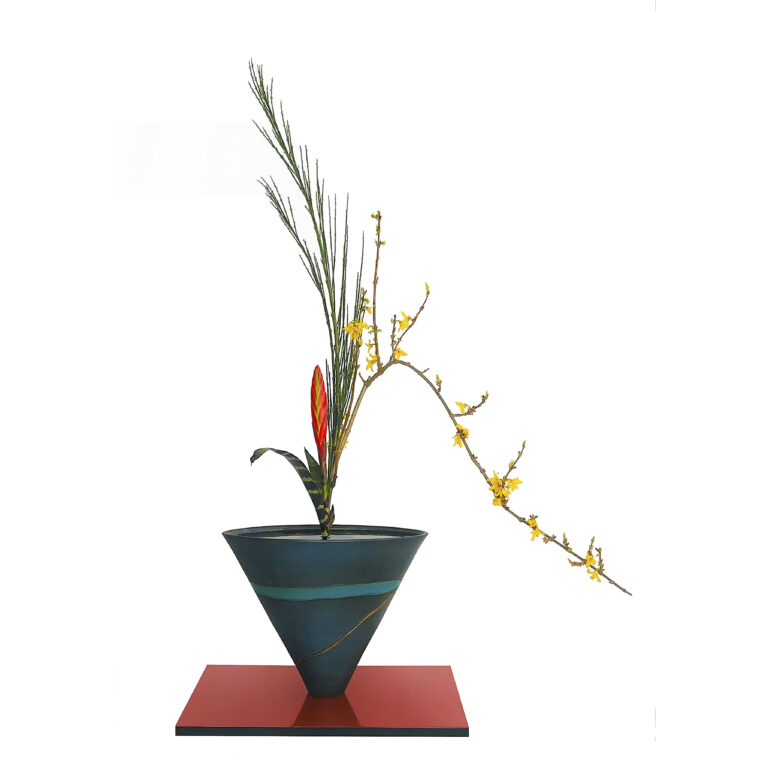
Shoka Shimputai, a modern form of Shoka, was conceived in 1977 by Sen’eï Ikenobo, the current Headmaster, to provide ikebana arrangers with a greater freedom of artistic expression. An elegant composition is achieved through a fine balance between two contrasting yet harmonious elements: Shu, the principal element and Yo, the secondary. If necessay, a third element, Ashirai, is added as a finishing touch to furthur enhance the rapport of Shu and Yo.
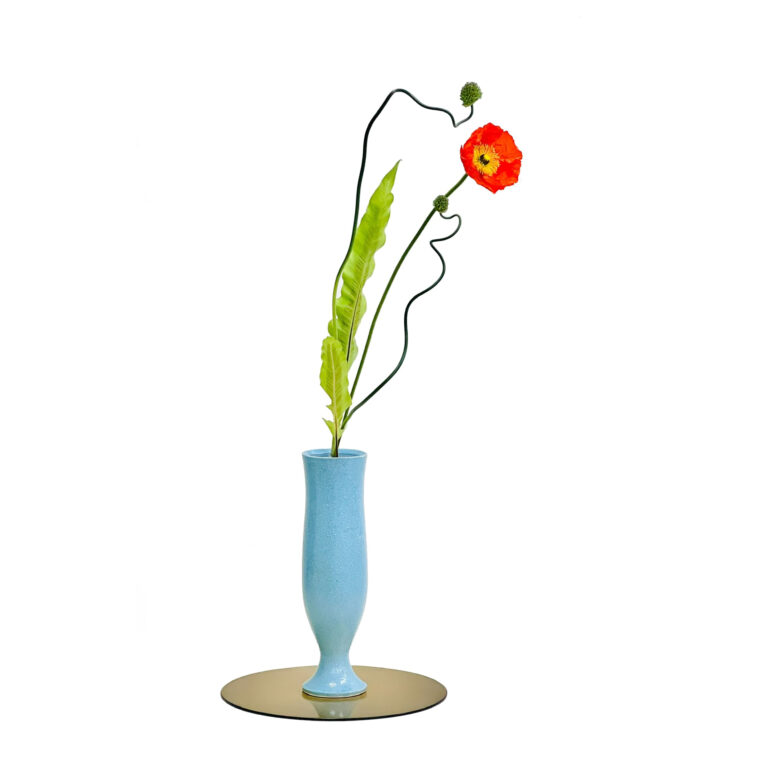
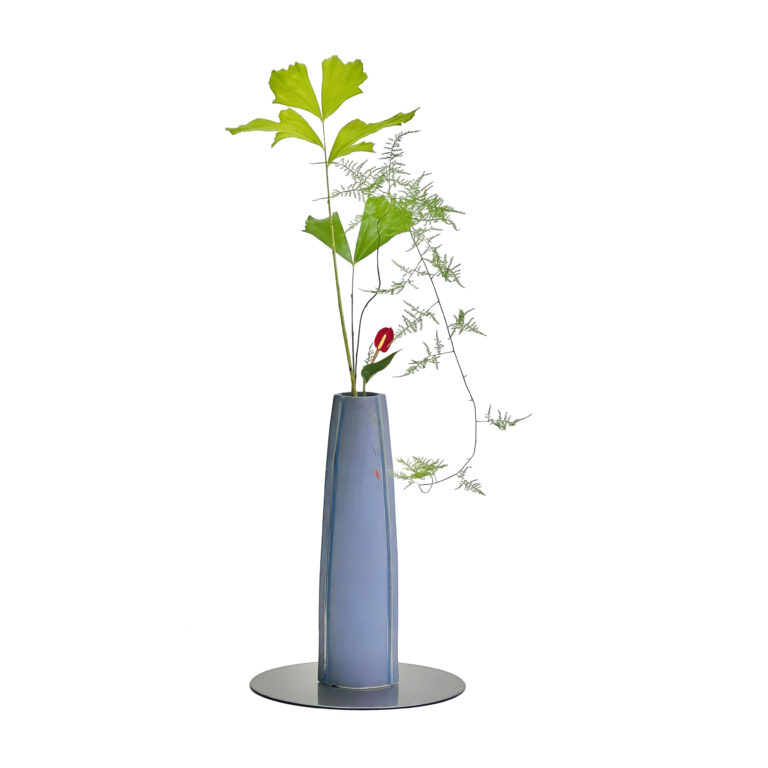
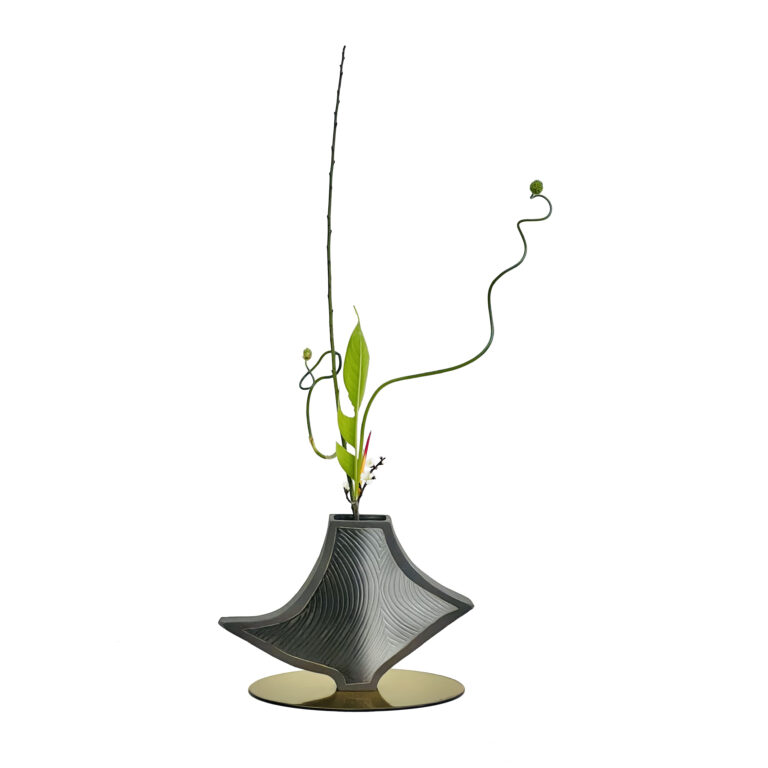
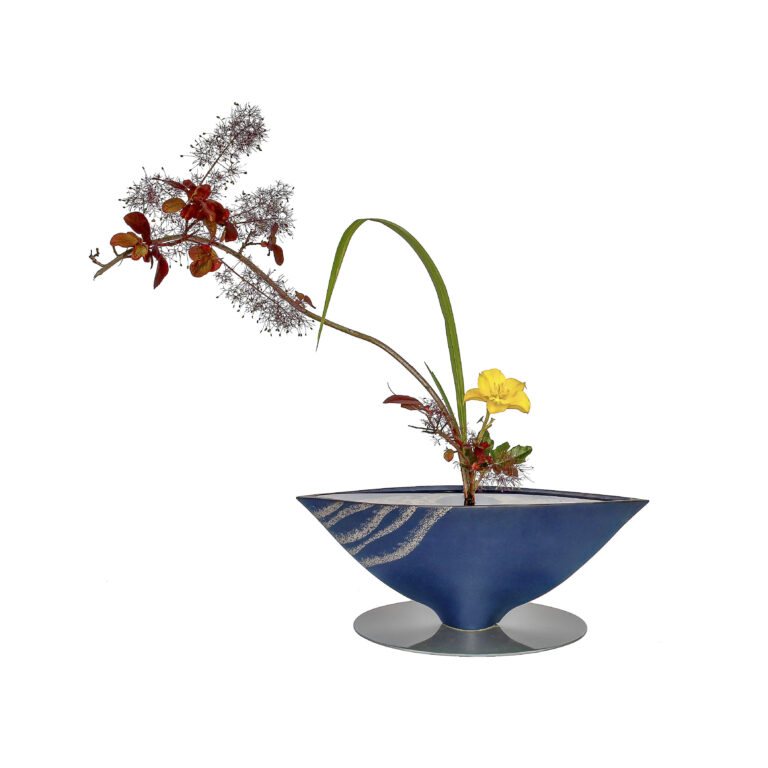

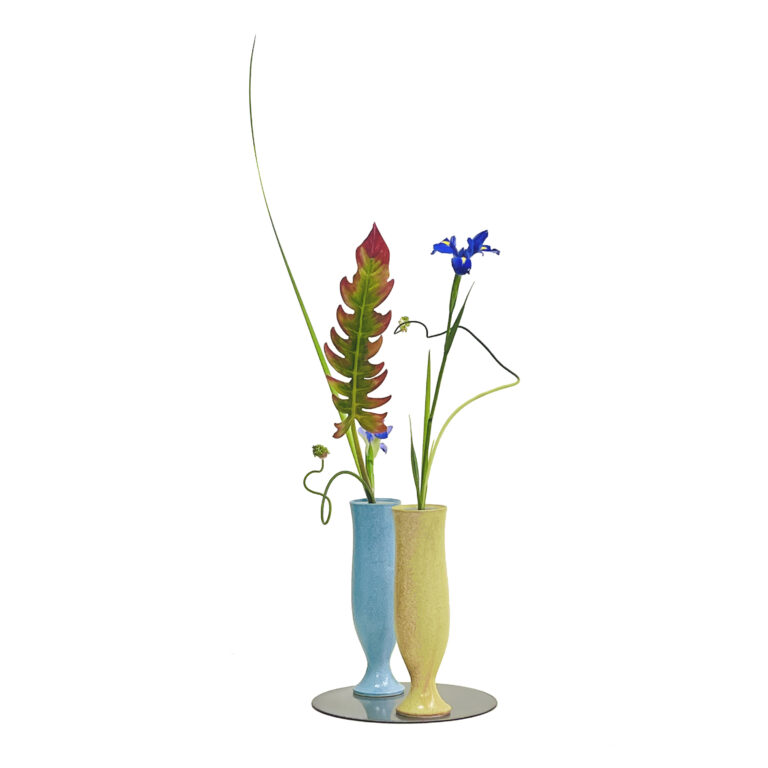
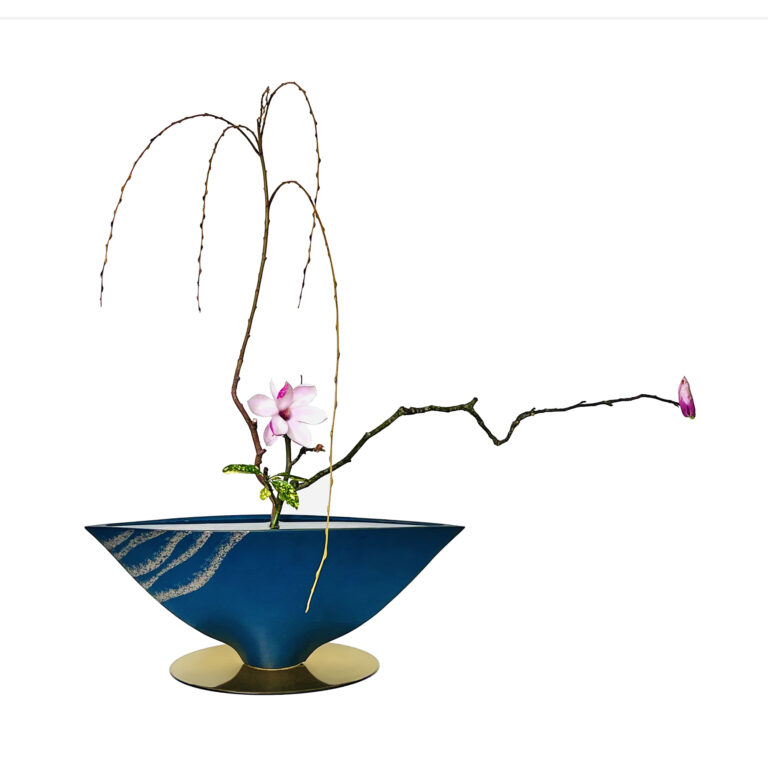
Jiyuka encourages contemporary artistic expression. The Naturalistic and Abstract styles of Jiyuka differ in the manner the flowers and plants are utilised and represented in the compositions. Whereas the former underlines the natural beauty of the floral materials, the latter highlights the design qualities of flowers and leaves.
Non-plant elements may play a role in Abstract Jiyuka compositions.
Arranged with spontaneity and without fuss, the compositions of Naturalistic Jiyuka convey an agreeable feeling of aireness and naturalness.
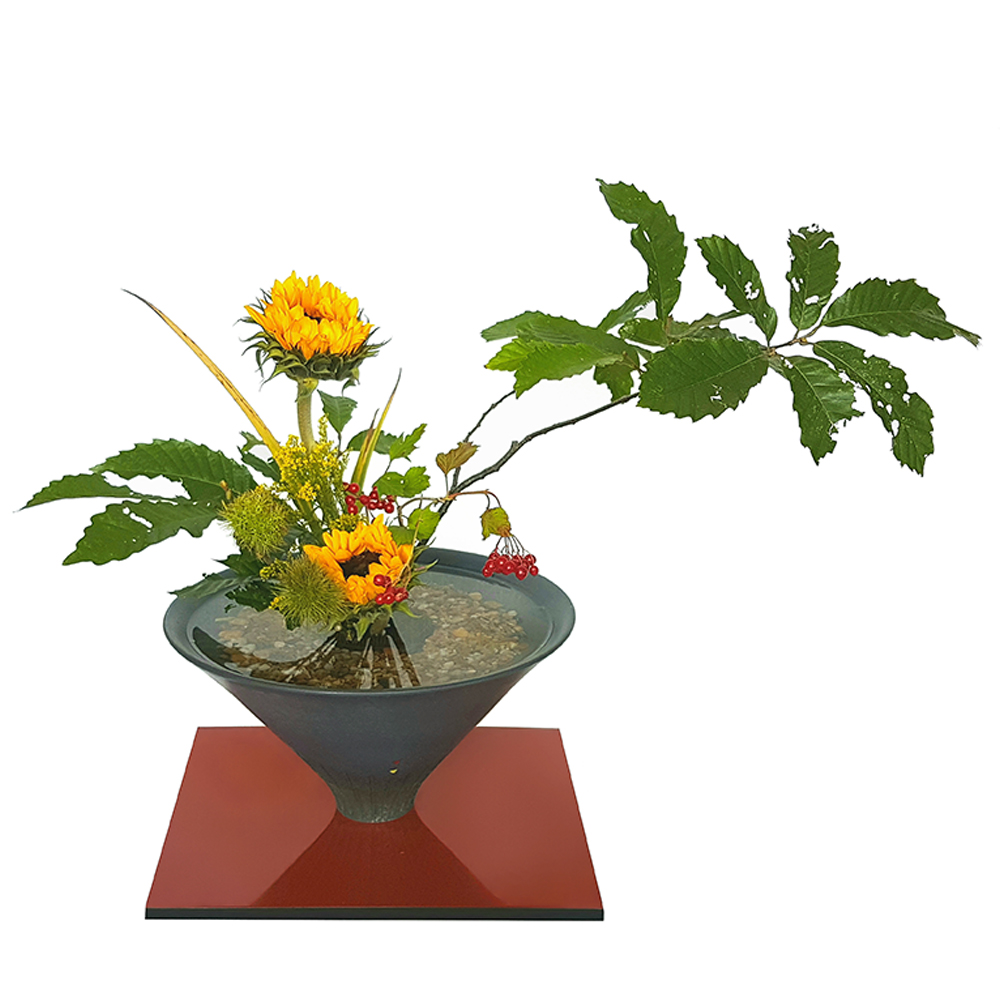
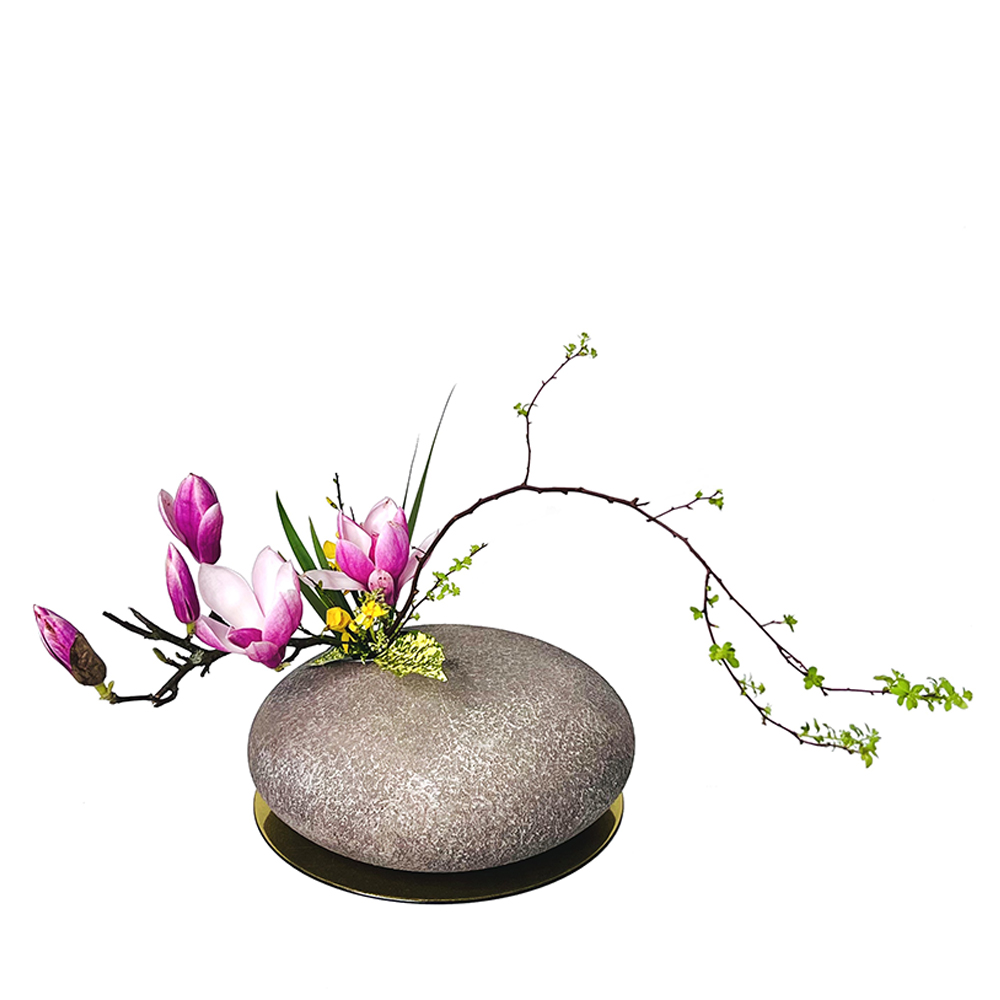
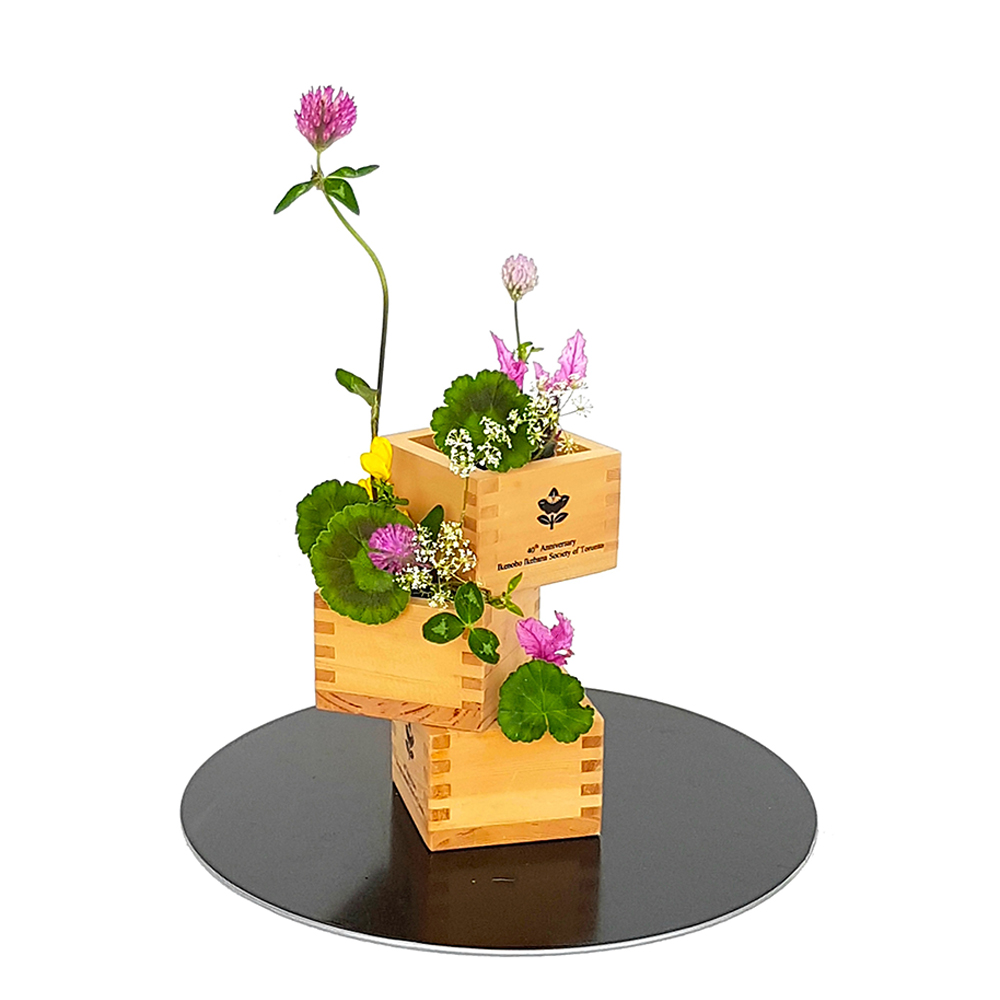
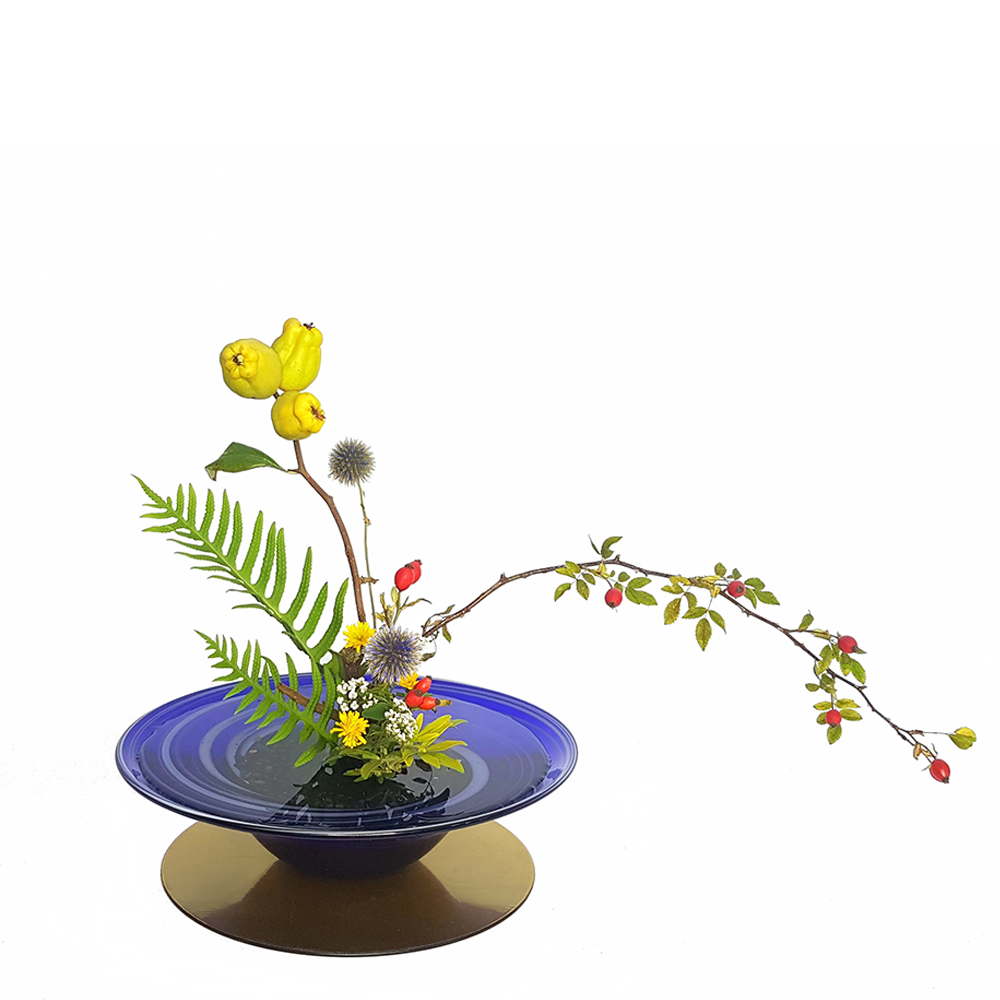
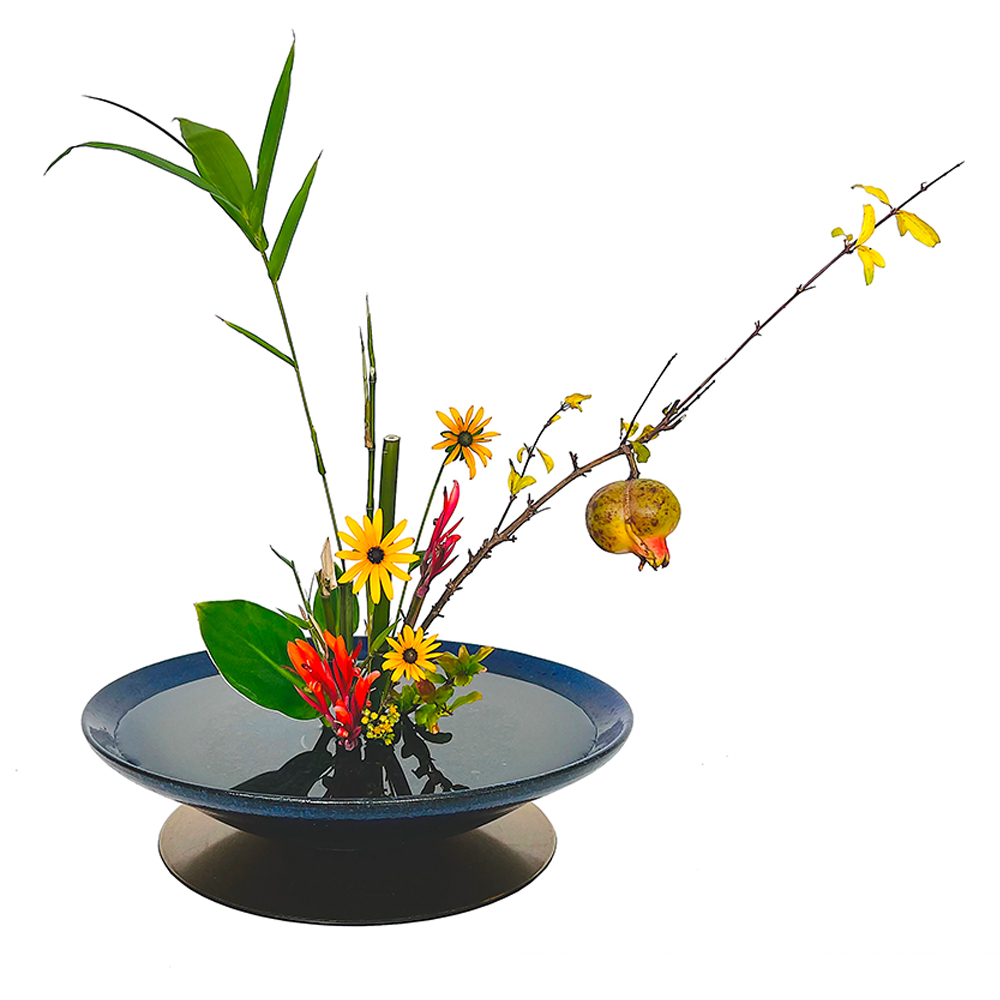

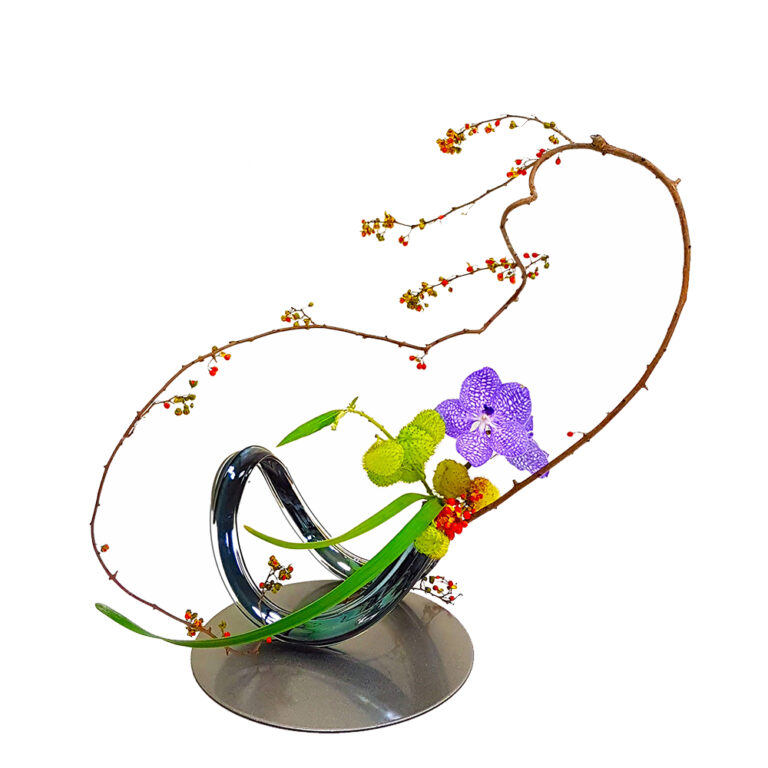
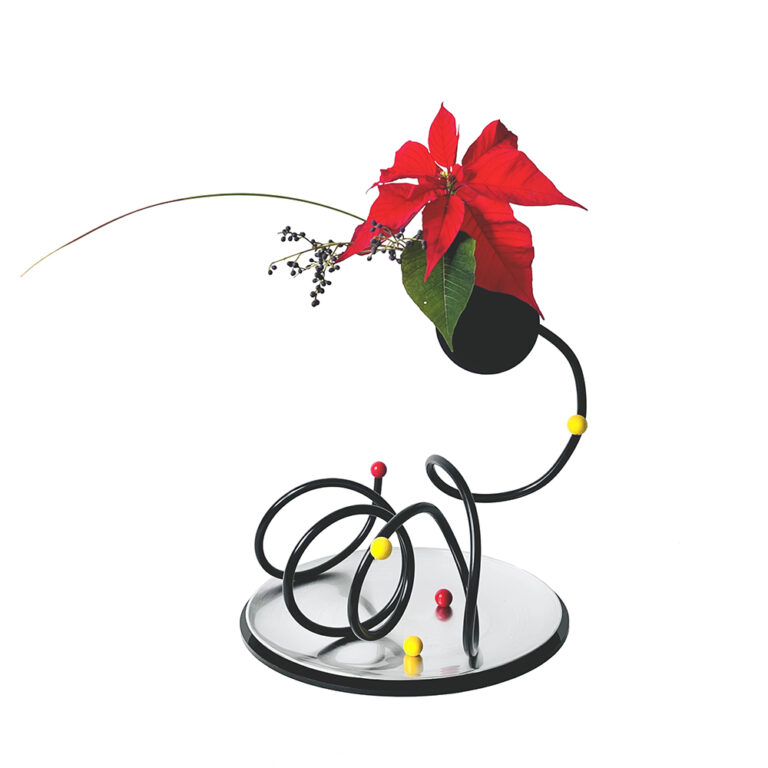
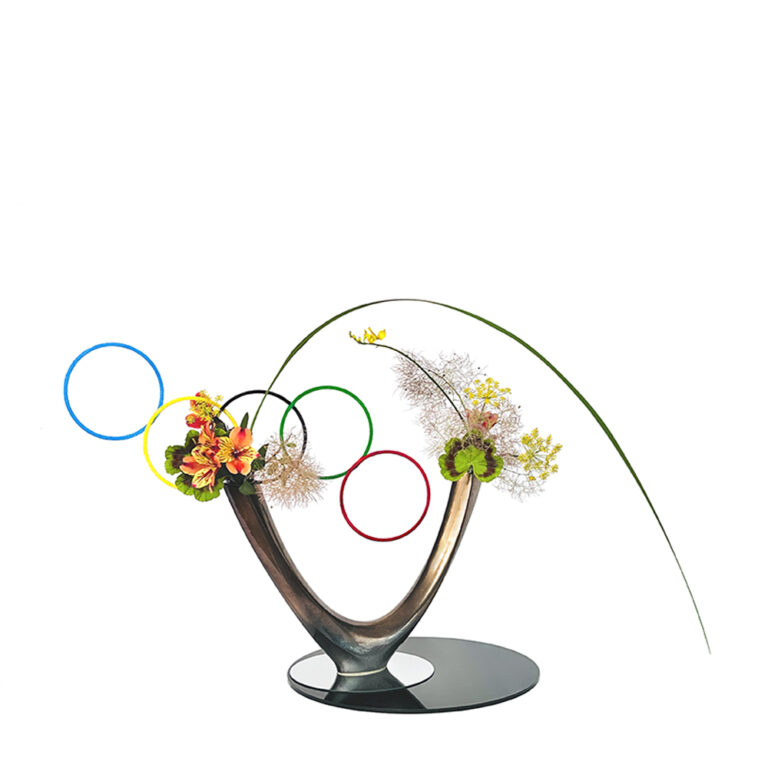

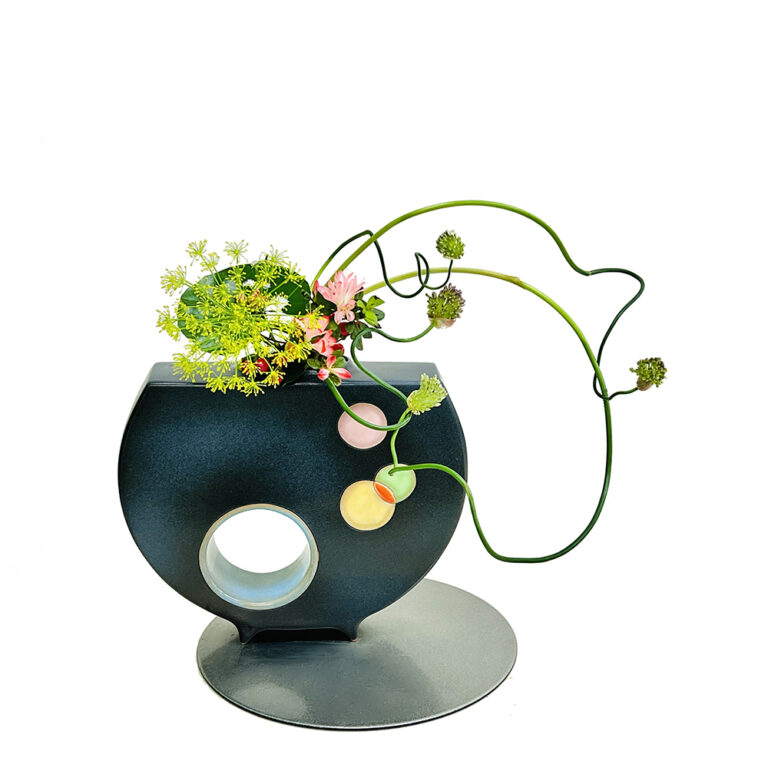
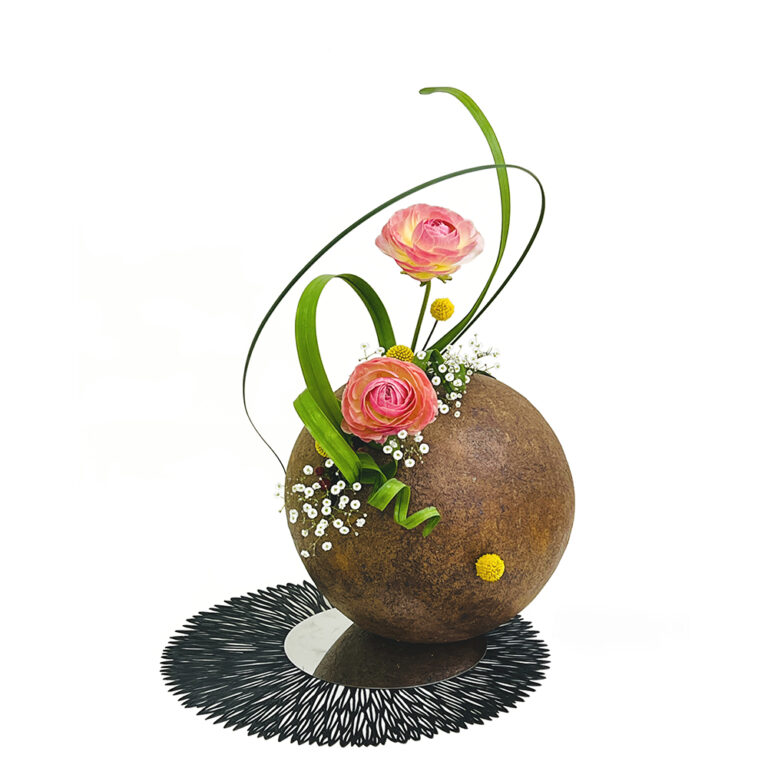
© 2025 Atelier d’Ikebana – École Ikenobo. All rights reserved.